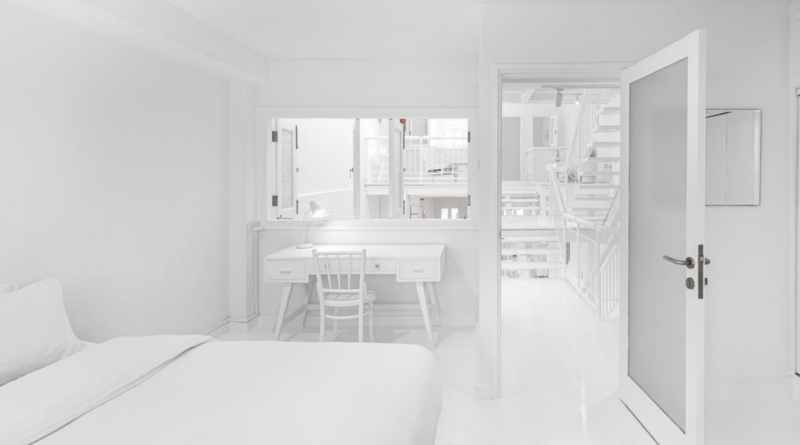Singapore: Architecture firm Ministry of Design (MOD) has completed an all-white co-living house aimed at “making the residents its prominent features and giving them a blank canvas for the future”.
Canvas House is set in a converted heritage shophouse and is intended “to inspire dreams about what could be while retaining historical elements”.
Project developer Figment provided a fixed budget and a four-month timeline for the reimagining of the building’s interiors, including the design, sourcing of materials and fit-out.
MOD’s design was conceived “to look to the future while preserving the past and to do so working within the constraints of the brief”.
The sense of a blank canvas was created by filling the interior with white coverings, materials and elements, with glimpses of heritage revealed in certain places. Pieces of furniture including tables, chairs, chests, mirrors, screens and vanity desks were upcycled to fit the all-white theme and to help meet the budget and time constraints of the project.
Colin Seah, founder-director of MOD, said: “When it comes to adaptive reuse projects, the question is always the same, how do we tread the line between the past and the present? If one opts for the project to be just about preservation, it’s as good as time standing still, which could be paralysing and inhibiting. But at the same time, neither do we want to disregard history completely by creating something too foreign or novel. Our response was to layer over the existing history with a proverbial blank canvas whilst leaving choreographed glimpses into the past, blanketing both space and the furniture in it – allowing us to blur the inherent boundaries between past and present, object and space.”


